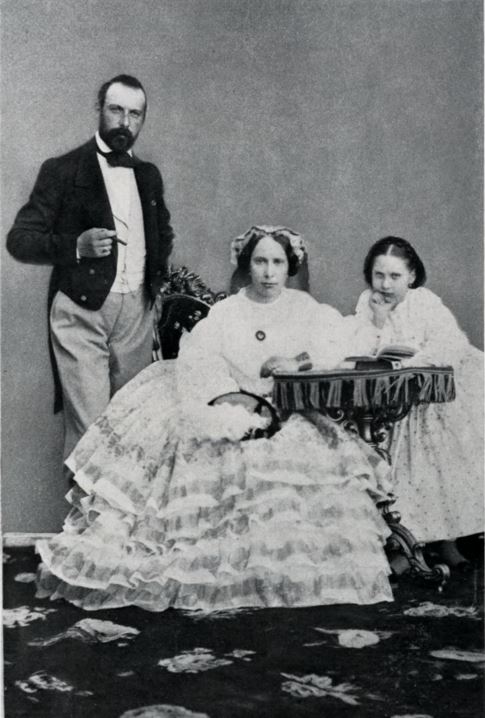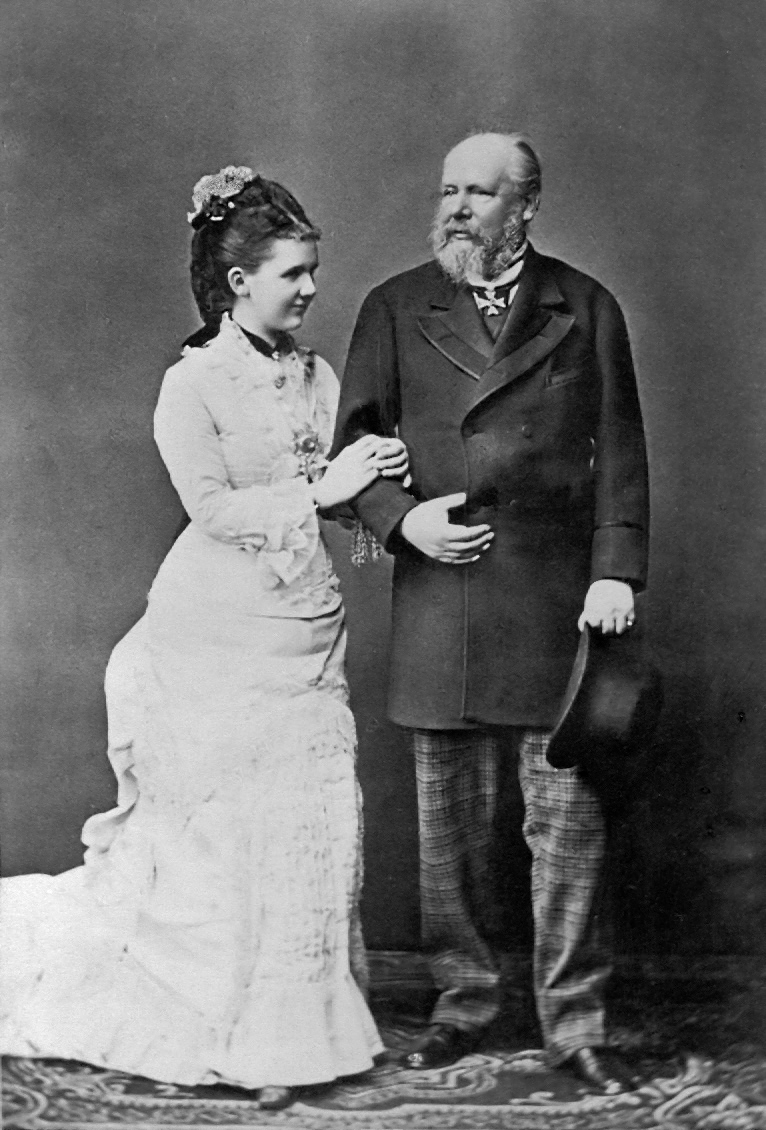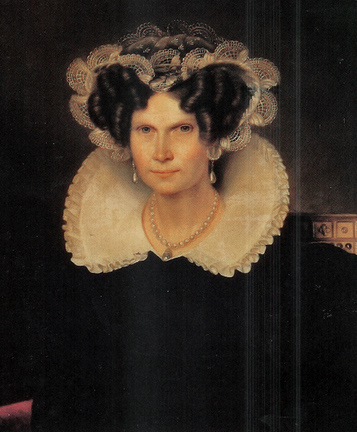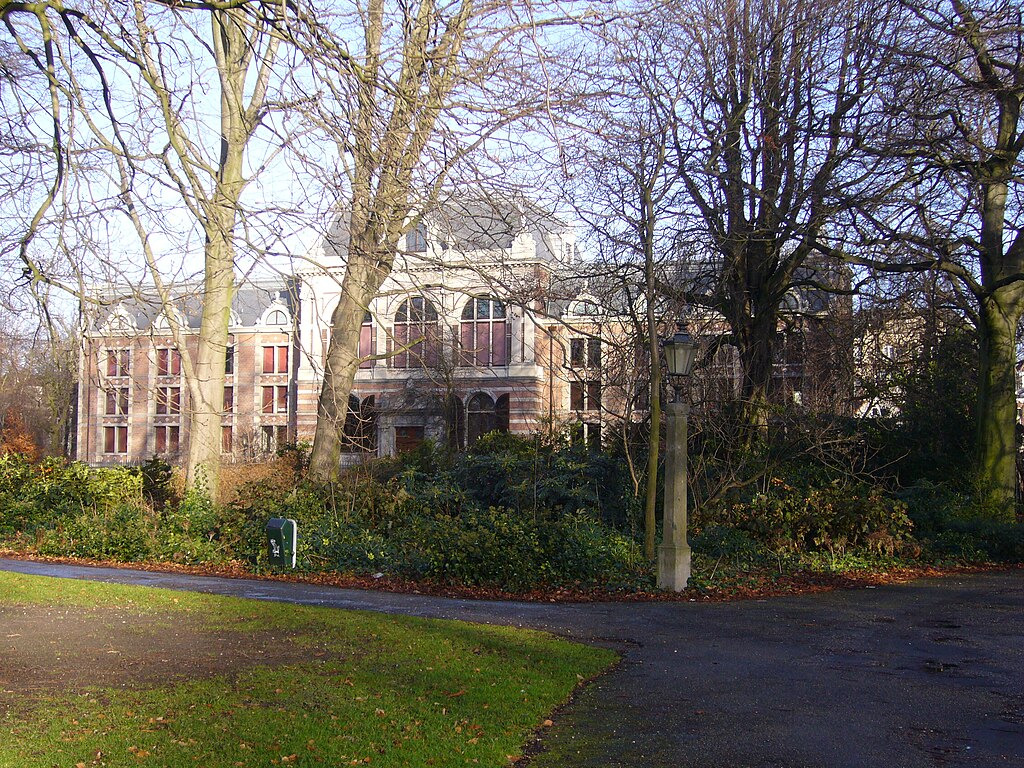by Susan Flantzer © Unofficial Royalty 2016

King William III of England; Credit – Wikipedia
King William III of England was born on November 14, 1650, at Binnenhof Palace in The Hague in the Dutch Republic, now in the Netherlands. He was the only child of Willem II, Prince of Orange and Stadtholder of the United Provinces of the Netherlands, and Mary, Princess Royal, the eldest daughter of King Charles I of England. William’s father died at age 24 of smallpox eight days before William’s birth, so from birth, William was the sovereign Prince of Orange. His 19-year-old widowed mother wanted to name her son Charles after her brother (King Charles II of England), but her mother-in-law insisted that her grandson be named William Henry (in Dutch Willem Hendrik), and she got her way. During William’s minority as Prince of Orange, his mother had to share his guardianship with his paternal grandmother Amalia of Solms-Braunfels and Friedrich Wilhelm, Elector of Brandenburg, whose wife Louise Henriette of Nassau, was the elder sister of William’s father.

William III, Prince of Orange in 1654; Credit – Wikipedia
The infant Willem III, Prince of Orange had an impressive royal genealogy. He was the great-grandson of Willem I, Prince of Orange, better known as William the Silent, the founder of the House of Orange-Nassau and the ancestor of the monarchy of the Netherlands. His maternal grandparents were King Charles I of England and Princess Henrietta Maria of France. His great-grandparents on his mother’s side were King James I of England/James VI of Scotland (son of Mary, Queen of Scots) and Princess Anne of Denmark (daughter of King Frederik II of Denmark), and King Henri IV of France and Marie de’Medici.

William’s parents: Mary, Princess Royal and William II, Prince of Orange in 1647 by Gerard van Honthorst; Credit – Wikipedia
William’s early education, conducted by tutors, was designed to prepare him to carry out the destiny of the House of Orange-Nassau and to raise him in the Reformed Church which used the theology of John Calvin. From 1659-1666, William attended the University of Leiden although he never formally enrolled as a student. On December 23, 1660, his mother died at the age of 29 of smallpox while visiting her brother King Charles II in London.

Portrait of William III of Orange, aged 10, within a flower garland filled with symbols of the House of Orange; Credit – Wikipedia
In 1667, William was admitted to the Council of State of the Dutch Provinces. His first visit to England was in 1670 where he met Mary, his eight-year-old first cousin, daughter of his uncle James, Duke of York (the future King James II of England), who later became his wife. William was appointed Stadtholder of the United Provinces in 1672, an office practically hereditary in his family. However, 1672 is known in Dutch history as Rampjaar (disaster year). France under King Louis XIV invaded the United Provinces in the Franco-Dutch War. William led the Dutch forces against the French and in 1678 he forced a peace with France in which the Dutch received all the terms they wanted.

William in 1672; Credit – Wikipedia
During the war with France, William’s uncle King Charles II of England acted as a mediator between France and the Netherlands. Savvy William negotiated a political marriage with England by marrying his first cousin Mary, the elder surviving daughter of James, Duke of York, later King James II of England/James VII of Scotland. 27-year-old William and a weepy 15-year-old Mary, prodded on by her uncle King Charles II, were married at St. James’ Palace in London on November 4, 1677. William and Mary formally entered into The Hague on December 14, 1677. Mary soon became pregnant but suffered a miscarriage which may have prevented any successful pregnancies. It is suspected that she had at least two more miscarriages. Her inability to have children was Mary’s greatest unhappiness. Despite their physical mismatch, Mary was quite tall (5 feet 11 inches; 180 cm) and towered over the undersized and asthmatic William (5 feet 6 inches; 167 cm), William adored Mary, and Mary was devoted to William. Unlike his uncles, Charles II and James II who had many mistresses, William reputedly had only one mistress, Elizabeth Hamilton, Countess of Orkney.

Mary in 1677 by Sir Peter Lely; Credit – Wikipedia
In 1685, William and Mary’s uncle King Charles II died without any legitimate children despite having at least 14 illegitimate children. Mary’s father, who had converted to Roman Catholicism, succeeded his brother as King James II. Mary and her younger sister Anne were James’ only surviving children and were first and second in the line of succession followed by William who was third as the only child of King Charles I’s eldest surviving daughter. King James II was set on a course to restore Catholicism to England. He issued a Declaration of Indulgence removing restrictions imposed on those that did not conform to the Church of England. England might have tolerated King James II knowing that his heirs were the Protestant daughters of his first wife Anne Hyde, Mary and Anne. However, on June 10, 1688, James’ second wife Maria Beatrice of Modena, who had no surviving children, gave birth to a son, James Francis Edward. Immediately, false rumors swirled that the infant had been smuggled into the queen’s chambers in a warming pan.
On November 5, 1688, William III, Prince of Orange, the nephew and son-in-law of King James II, landed in England vowing to safeguard the Protestant interest. He marched to London, gathering many supporters. James panicked and sent his wife and infant son to France. He tried to flee to France about a month later but was captured. William had no desire to make his uncle a martyr, so he allowed him to escape. James was received in France by his first cousin King Louis XIV of France, who offered him a palace and a pension.
Back in England, Parliament refused to depose James but declared that having fled to France, James had effectively abdicated the throne. Therefore, the throne had become vacant. James’s elder daughter Mary was declared Queen Mary II and was to rule jointly with her husband William, who would be King William III. This overthrow of King James II is known as the Glorious Revolution. James was determined to regain the throne and landed in Ireland with a French force in 1689. James’ nephew William defeated him at the Battle of the Boyne on July 1, 1690. James was forced to withdraw again to France where he lived in exile for the rest of his life.
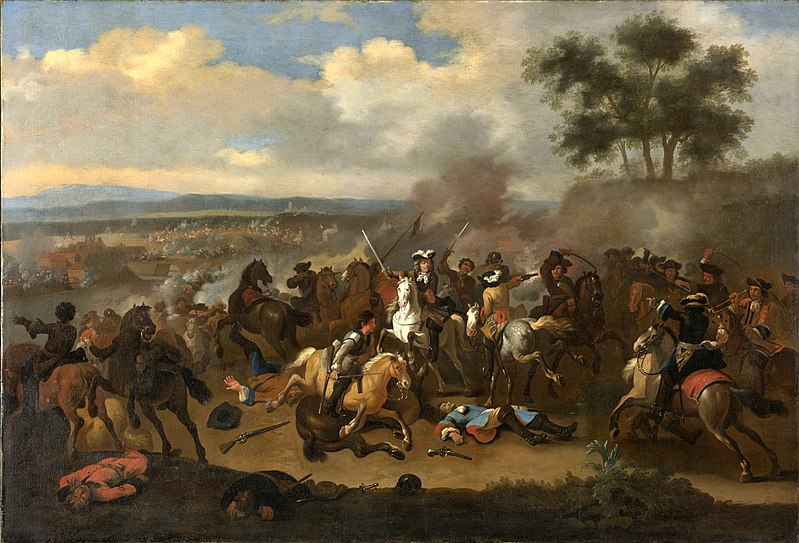
The Battle of the Boyne by Jan van Huchtenburg; Credit – Wikipedia
William and Mary were crowned at Westminster Abbey in London, England on April 11, 1689. Since they were joint sovereigns, a duplicate coronation chair and a duplicate set of regalia were required for the coronation ceremony. At previous coronations, monarchs had sworn to uphold the laws made by their ancestors. However, William and Mary swore to rule according to “the statutes in Parliament agreed upon and laws and customs of the same” and promised to uphold the Protestant reformed religion.
On December 16, 1689, Parliament passed the Bill of Rights 1689 which limited the monarch’s powers and set out the rights of Parliament. The Bill of Rights 1689 and the Act of Settlement 1701 are still in effect in the United Kingdom and Commonwealth realms. However, both have been amended by the Perth Agreement 2011 which took effect on March 26, 2015. The Bill of Rights also confirmed the succession to the throne. Following the death of either William or Mary, the other was to continue to reign. Next in the line of succession would be any children of the couple, followed by Mary’s sister Anne and her children. Last in the line of succession stood any children William III might have from any future marriage. Beginning in 1690, William was often on military campaigns and Mary was left to reign. She was not keen on assuming such power but did so with the advice of a nine-member Cabinet Council.
William and Mary left a legacy in the United States. In 1693, William and Mary granted a royal charter to found the College of William and Mary, now in present-day Williamsburg, Virginia. It is the second oldest university in the United States after Harvard University and the only university in the United States with a royal charter. The College of William and Mary educated American Presidents Thomas Jefferson, James Monroe, and John Tyler and other key figures important to the development of the United States as a nation, including Supreme Court Chief Justice John Marshall, Speaker of the House of Representatives Henry Clay, sixteen members of the Continental Congress, and four signers of the Declaration of Independence. Another alumnus of The College of William and Mary is this writer’s son.

William and Mary depicted on the ceiling of the Painted Hall, Greenwich, by Sir James Thornhill; Credit – Wikipedia
Mary died of smallpox at Kensington Palace in London, England on December 28, 1694, at the age of 32. The same disease had killed both of William’s parents. William was devastated by Mary’s death and said “from being the happiest” he was “now going to be the miserablest creature on earth.” William continued to reign alone for the remainder of his life.
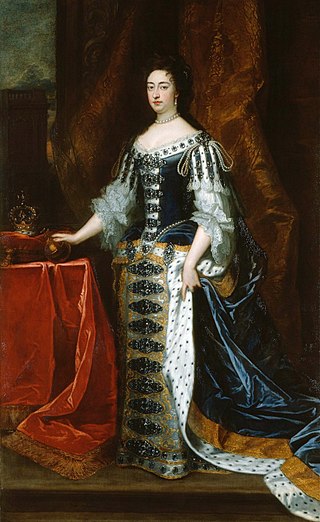
Queen Mary II, 1690 by Sir Godfrey Kneller – Credit – Wikipedia
Perhaps the greatest blow in William’s last years was the death of the 11-year-old William, Duke of Gloucester, the only surviving child of his sister-in-law and his heir presumptive Princess Anne in July of 1700. This death and the failure of the Protestant Stuarts to produce heirs meant the end of the Protestant Stuart dynasty, as the legitimate descendants of King Charles I were either childless or Roman Catholic. The Act of Settlement 1701 secured the Protestant succession to the throne after William’s sister-in-law and heir presumptive Princess Anne. The act excluded the former King James II (who died a few months after the act received royal assent) and the Roman Catholic children from his second marriage and also excluded the descendants of King James II’s sister Henrietta, the youngest daughter of King Charles I. Parliament’s choice was limited to the Protestant descendants of Elizabeth Stuart, Electress Palatine, the only other child of King James I not to have died in childhood. The senior Protestant descendant was Elizabeth’s youngest daughter Sophia, Electress of Hanover. The Act of Settlement put Sophia of Hanover and her Protestant heirs in the line of succession after Anne. Ultimately, Sophia died on June 8, 1714, before the death of Queen Anne on August 1, 1714, and Sophia’s son became King George I and started the Hanover dynasty.

Princess Anne embraces her only surviving child, the Duke of Gloucester, in a painting by Sir Godfrey Kneller, c. 1694; Credit – Wikipedia
On February 20, 1702, William went riding on his horse Sorrel at Hampton Court Palace. The horse stumbled on a molehill and fell. William tried to pull the horse up by the reins, but the horse’s movements caused William to fall on his right shoulder. His collarbone was broken and was set by a surgeon. However, instead of resting, William insisted on returning to Kensington Palace that evening by coach. A week later, it was discovered that the fracture was not mending well and William’s right hand and arm were puffy and did not look right. His condition continued to worsen and by March 3, William had a fever and had difficulty breathing. King William III died on March 8, 1702. When the servants undressed William’s body, they found Mary’s small gold ring on a black ribbon around his neck. He had made it into a locket after Mary’s death and it contained a lock of Mary’s hair. While Mary had been buried with pomp, William was buried at Westminster Abbey in a private, modest ceremony at midnight on April 12, 1702.

Inscription on the floor of the Henry VII Chapel at Westminster Abbey marking the grave of William III; Credit – findagrave.com

Stuart Royal Vault at Westminster Abbey; Credit – www.westminster-abbey.org
This article is the intellectual property of Unofficial Royalty and is NOT TO BE COPIED, EDITED, OR POSTED IN ANY FORM ON ANOTHER WEBSITE under any circumstances. It is permissible to use a link that directs to Unofficial Royalty.
Recommended Book: William and Mary by John Van der Kiste, 2003
House of Stuart Resources at Unofficial Royalty


